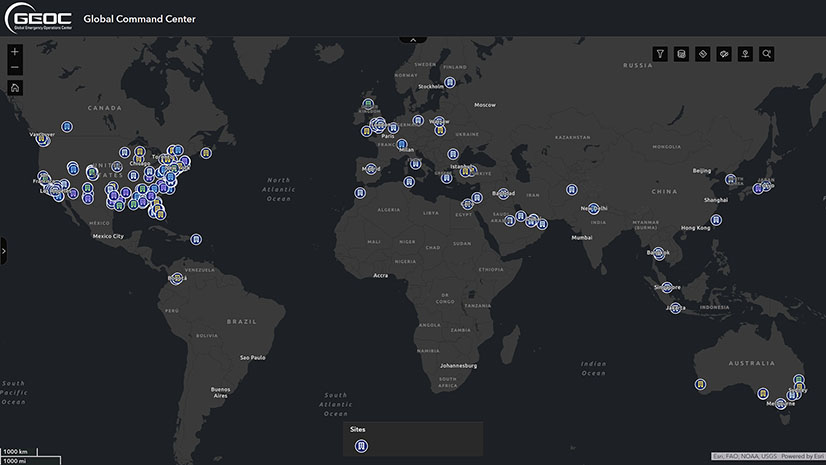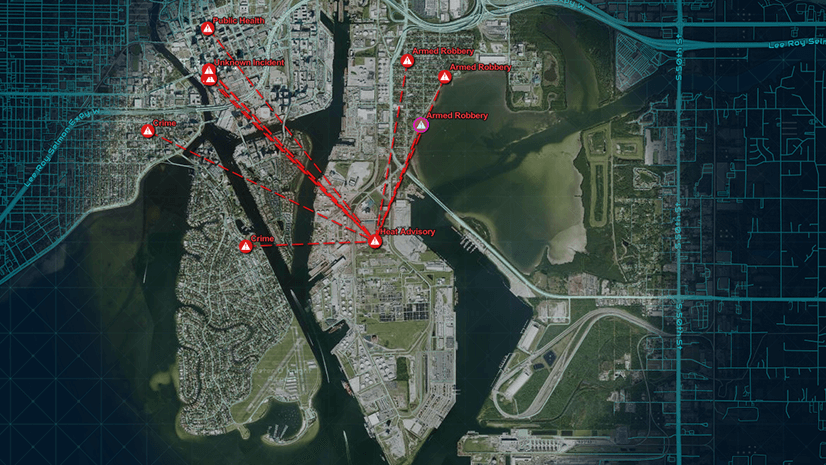High-profile special events—such as the World Cup, Club World Cup, Olympics, Formula 1, RYDER Cup, Super Bowl—present unprecedented security challenges due to their scale, complexity, and international visibility. These global events draw millions of fans, athletes, and dignitaries, requiring a highly coordinated security strategy to mitigate threats such as terrorism, organized crime, cyberattacks, and large-scale crowd incidents. Ensuring safety across multiple venues and jurisdictions demands a proactive, intelligence-driven approach that integrates real-time data and operational coordination.
That’s where GIS steps in.
Our new technical paper, Site Security and Critical Event Management: A Geospatial CONOPS Guide for Event Security, details how GIS provides the foundation for real-time situational awareness, predictive analytics, and seamless multiagency coordination. Whether you’re securing a stadium, managing traffic flow, or planning evacuations, GIS empowers security teams to anticipate, prepare for, and respond to any threat.
The Role of GIS in Critical Event Management
High-profile events require precision planning. This guide outlines a proven, location-centric strategy that uses ArcGIS technology to unify operations, data, and decision-making across jurisdictions. From mapping site perimeters and conducting 3D visibility analysis to enabling live threat dashboards and mobile field reporting, the technical paper walks through every step of a modern security workflow.

Highlights include:
– Digital twins and 3D basemaps for enhanced venue awareness
– Configurable dashboards for tracking real-time traffic, drone activity, and suspicious behavior
– Demographic and threat analysis to guide tactical planning
– Indoor mapping to support emergency response inside complex facilities
– Collaboration tools that break down silos across public and private agencies
These workflows aren’t theoretical—they’re operational. The technical paper presents a clear path for integrating GIS into your Security Operations Center (SOC) using commercially available tools and templates.
A Common Operational Platform for a Complex World
Security isn’t static. Threats evolve, crowds shift, and incidents can escalate in seconds. GIS brings everything together on one map, in real time, for all stakeholders—public safety, emergency management, defense, private security, and event organizers. It’s not just about seeing what’s happening. It’s about understanding it, anticipating what’s next, and acting fast.
This paper is essential reading for anyone tasked with securing venues, people, or infrastructure.






